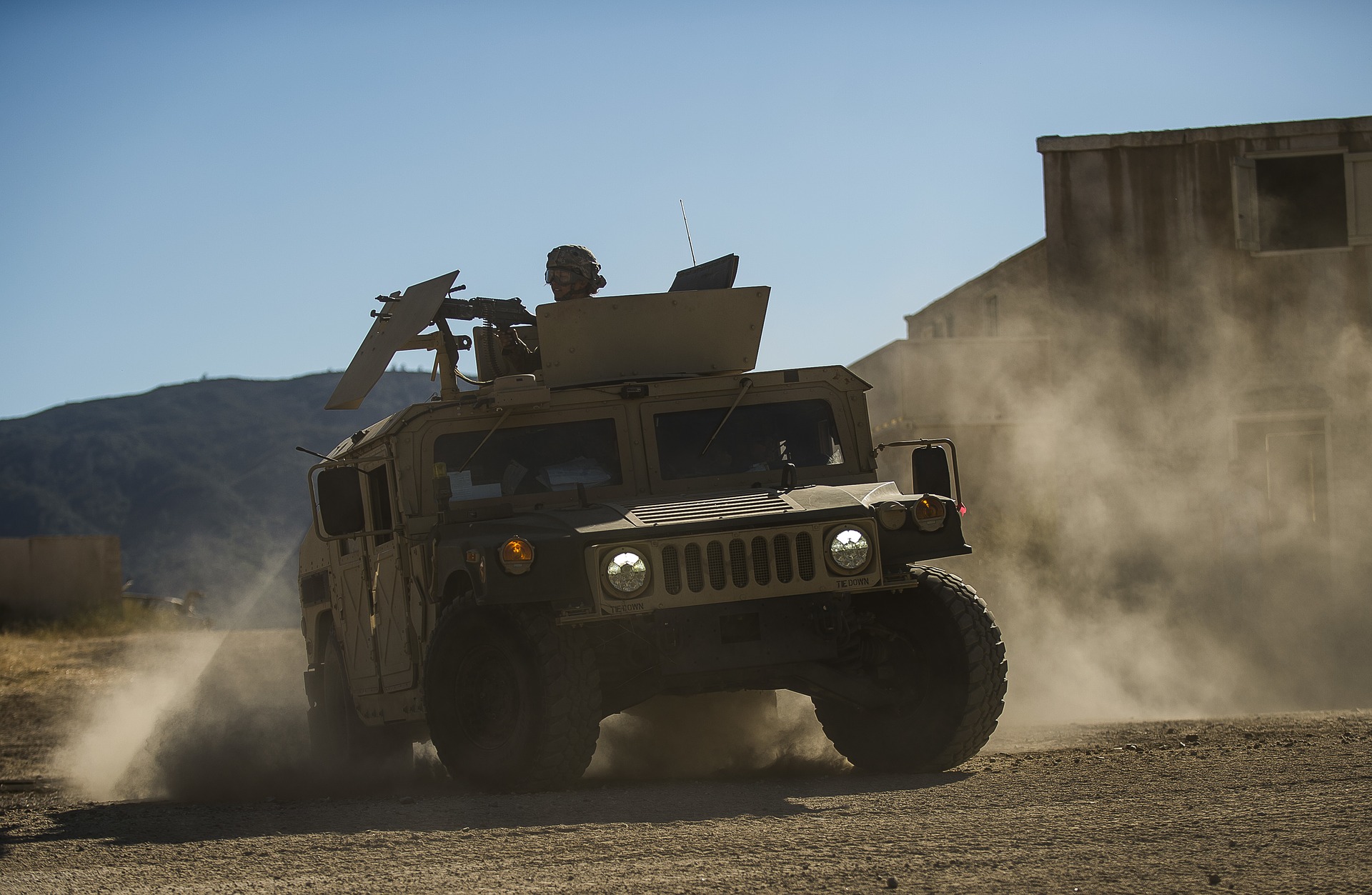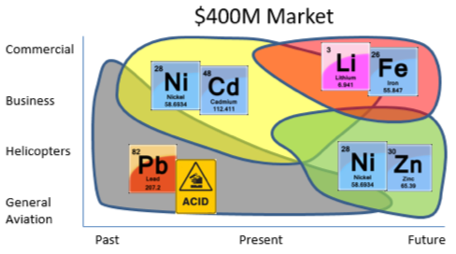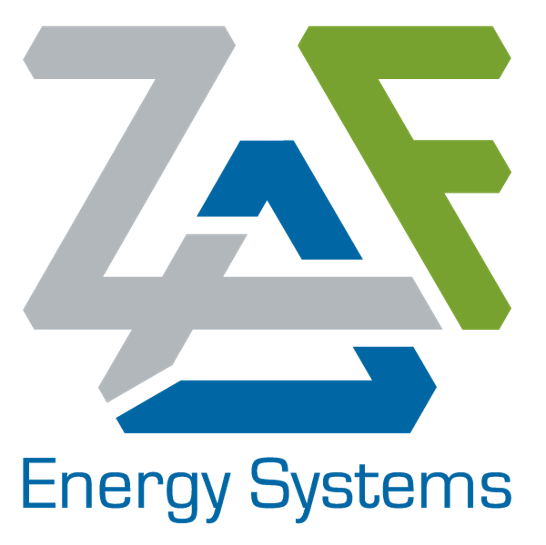Aerospace/Defense
The aerospace and defense markets are specialty battery markets where NiZn can replace existing NiCd batteries in aircraft and lead acid in submarine (underwater) and military transport vehicles.
Defense $2B
Military opportunities currently in progress include:
Submarine
Military Transport
Drones
Missile Defense
Military Applications
Due to NiZn’s additional capacity and longer life, the Company is engaged with the Navy to finalize a development program for the new Columbia class submarine and retro-fitting the existing Ohio and Virginia class submarines. NiZn has been on the Navy’s product roadmap for 20+ years and ZAF’s NiZn product is currently undergoing testing and validation at NASEA Crane. Upon successful testing, the company has submitted funding request of $2.8M to establish a production line to support the formats needed for the submarine.
In addition, the Company is in discussions for NiZn to be configured for a 6T format for military transport vehicles to support the additional power requirements for communications and weapon systems. With the Company executive’s experience in the defense industry at EaglePicher, we have established relationships and knowledge of the internal processes, to elevate our NiZn into current and future programs.

Aerospace $400M
In aviation, there are four market sub-segments to consider:
General Aviation (GA) Market Forces
NextGen* avionics in light aircraft driving need form more power and energy at less weight than lead acid and at less cost than Li-Ion.
Business Aviation Market
Somewhat less price sensitive than commercial or GA. Can evaluate the added value performance improvements and reduced maintenance cost over NiCd.
Helicopter Market
Lead-acid weight considerations have always been design problems. New chemistries provide opportunities to increase useful payloads.
Commercial Aircraft Market
Benefits of Li-ion over NiCd drive a migration in spite of negative first impressions with regard to the Dreamliner fires. Recognition of “safe” chemistries helping.
Aerospace Applications
ZAF’s strategy will be to initially compete against incumbent nickel-cadmium batteries due to the requirement for NiCd batteries to be extensively maintained in business and commercial aircraft. Every 3-6 months, the batteries must be removed from the aircraft, the electrolyte dumped out and fresh electrolyte added, and the batteries charge-cycled to remove the NiCd “memory effect.” ZAF is planning on introducing first a battery for the Cessna Citation series under a supplemental-type certificate (STC) and then for the Boeing 737. The Citation has approximately 8,500 deliveries to date and the 737 has over 7,000.

